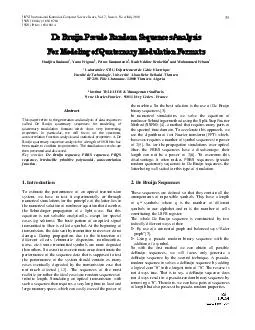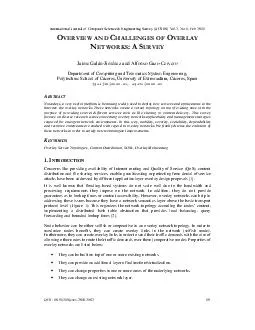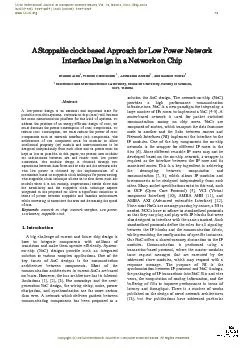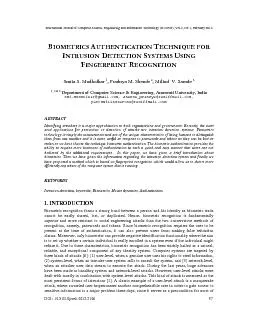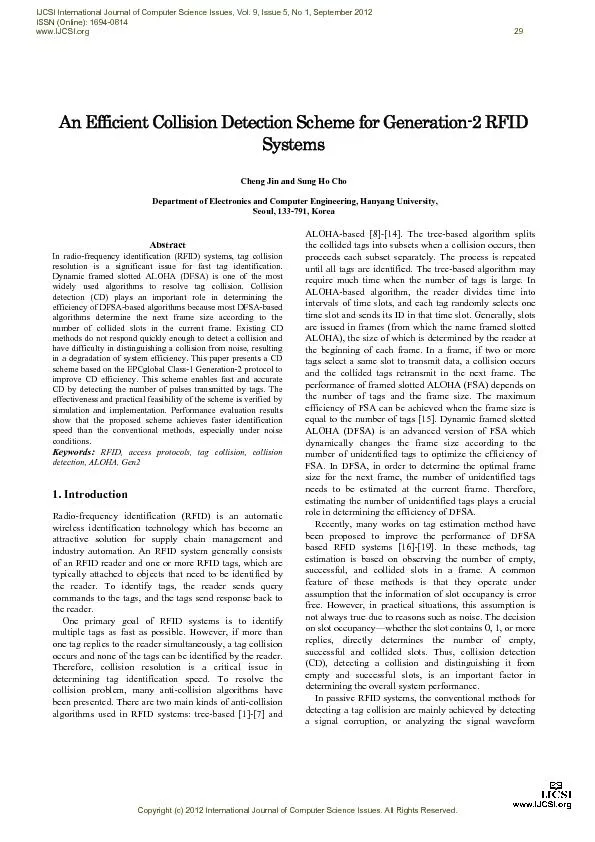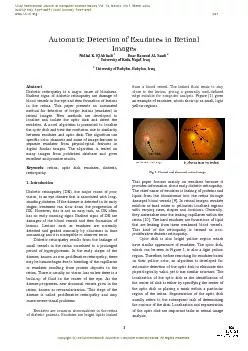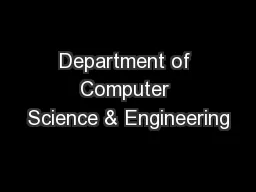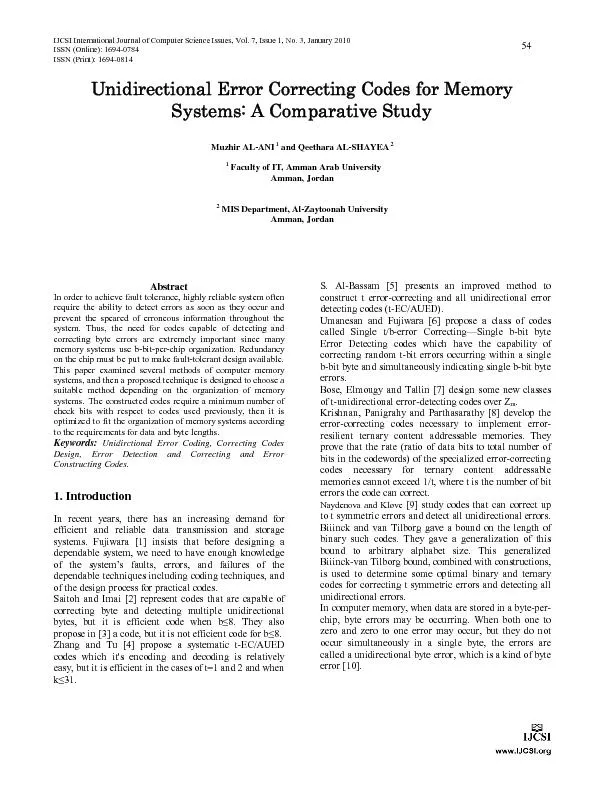PDF-IJCSI International Journal of Computer Science Issues Vol
Author : tatiana-dople | Published Date : 2014-12-20
7 Issue 4 No 4 July 2010 ISSN Online 16940784 ISSN Print 16940814 35 Hadjira Badaoui Yann Frignac Petros Ramantanis Badr Eddine Benkelfat and Mohammed Feham Laboratoire
Presentation Embed Code
Download Presentation
Download Presentation The PPT/PDF document "IJCSI International Journal of Computer ..." is the property of its rightful owner. Permission is granted to download and print the materials on this website for personal, non-commercial use only, and to display it on your personal computer provided you do not modify the materials and that you retain all copyright notices contained in the materials. By downloading content from our website, you accept the terms of this agreement.
IJCSI International Journal of Computer Science Issues Vol: Transcript
Download Rules Of Document
"IJCSI International Journal of Computer Science Issues Vol"The content belongs to its owner. You may download and print it for personal use, without modification, and keep all copyright notices. By downloading, you agree to these terms.
Related Documents

